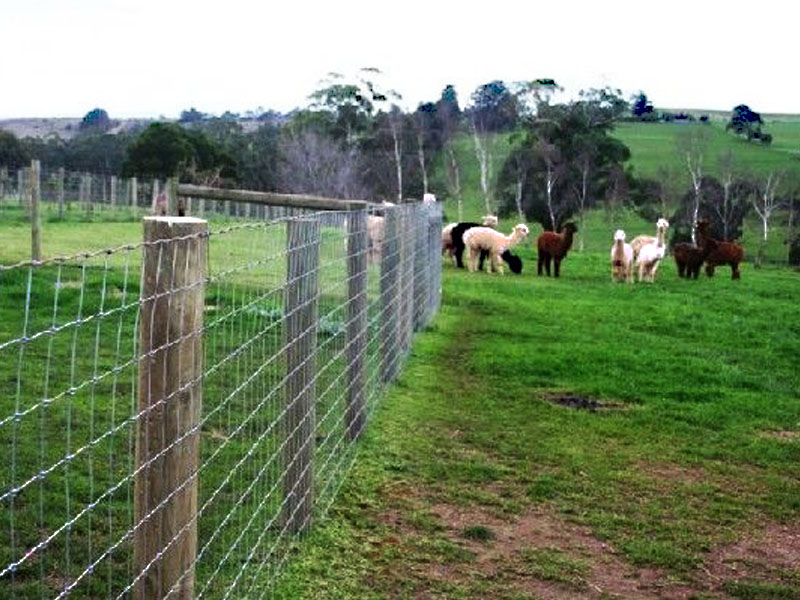Farmers have been using fences for centuries to protect […]
Farmers have been using fences for centuries to protect their crops from the relentless onslaught of pests and wildlife. These unassuming barriers play a crucial role in safeguarding the fruits of their labor, ensuring bountiful harvests and food security. Let's delve into how farm fences act as steadfast defenders against these agricultural threats.
1. Keeping Pests at Bay
In the intricate dance of nature, pests are relentless interlopers that can wreak havoc on crops. Insects, rodents, and other small creatures view fields as an all-you-can-eat buffet, causing substantial economic losses. Farm fences act as a first line of defense, deterring these pests from infiltrating the crops.
2. Visual and Psychological Deterrence
Farm fences have a psychological effect on pests. The sight of a sturdy fence creates a barrier that pests perceive as an obstacle. This visual deterrent alone can discourage many pests from venturing further. Additionally, the fence's presence can interrupt the pests' natural movement patterns, making it harder for them to navigate through the fields.
3. Reducing Crop Losses
By preventing pests from gaining easy access to crops, farm fences significantly reduce crop losses. This translates to higher yields and increased profitability for farmers. The fence acts as a physical barrier, making it challenging for pests to reach the crops, thereby diminishing the chances of an infestation.
4. Wildlife Management
While many wildlife species are vital for maintaining ecological balance, some can spell trouble for farmers. Deer, rabbits, and other herbivores can quickly decimate crops if left unchecked. Farm fences serve as a formidable obstacle against these hungry creatures, preventing them from making a feast of valuable crops.
5. Minimizing Disease Spread
Pests are not just a direct threat to crops; they can also spread diseases that can devastate entire fields. By minimizing the movement of pests through effective fencing, the risk of disease transmission is significantly reduced. This contributes to healthier crops and a more sustainable agricultural ecosystem.
6. Selective Exclusion
Farm fences can be strategically designed to exclude specific pests or wildlife while allowing beneficial creatures to thrive. For example, a fence with smaller gaps might deter rabbits but permit pollinators like bees to access the crops freely. This selective exclusion approach strikes a balance between protecting crops and supporting essential ecological functions.
7. Sustainable Alternatives
Modern farm fencing techniques often emphasize sustainability. Some farmers implement natural deterrents, like planting aromatic herbs or using companion planting strategies, alongside fences. These complementary approaches work in synergy with fences, enhancing their effectiveness and reducing the need for chemical interventions.
8. Aesthetic Harmony
Farm fences aren't solely utilitarian; they can also contribute to the visual appeal of agricultural landscapes. Well-designed fences can complement the natural beauty of the environment while fulfilling their protective role. This harmony between functionality and aesthetics enhances the overall ambiance of the farm.
9. Long-Term Investment
Farm fences are an investment that pays dividends over time. While there are initial costs involved in installing and maintaining fences, the long-term benefits in terms of increased crop yield, reduced losses, and improved agricultural sustainability far outweigh the expenses.
Farm fences, often overlooked but indispensable, embody the intricate relationship between humans and nature. By shielding crops from pests and wildlife, these unassuming barriers contribute to the success and resilience of agriculture, ensuring that the journey from seed to harvest remains fruitful and bountiful.



 WhatsApp:+8613626888261
WhatsApp:+8613626888261